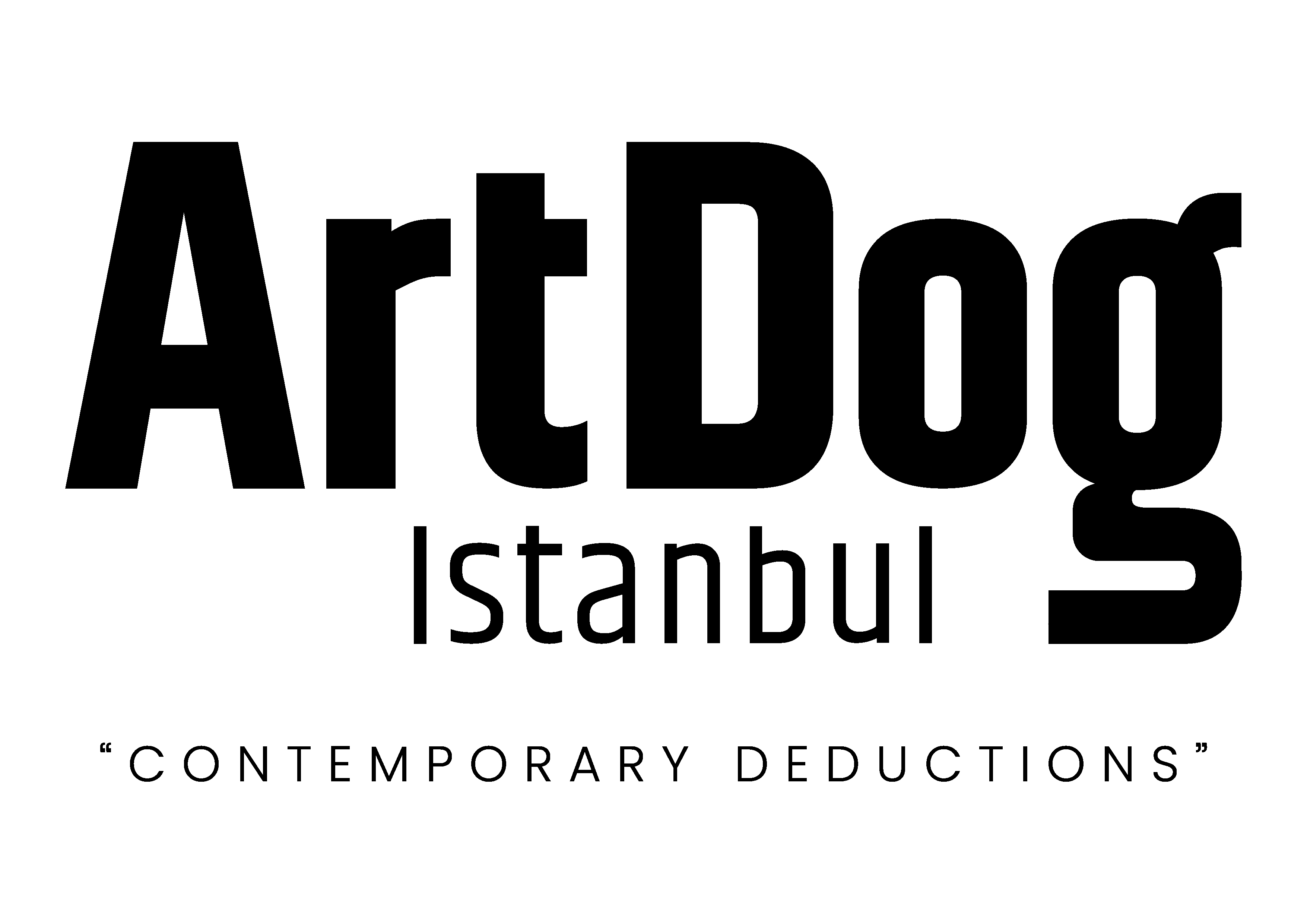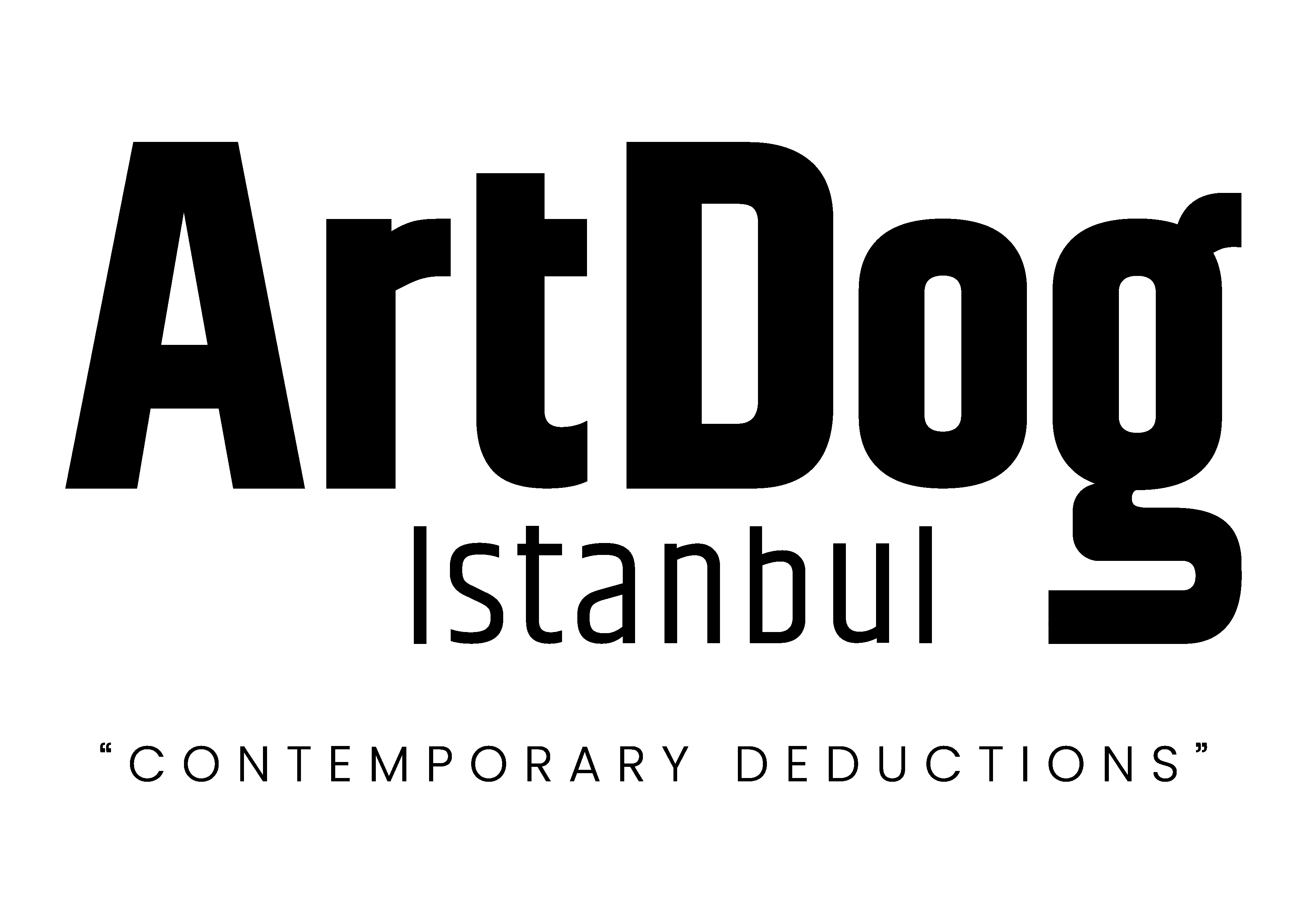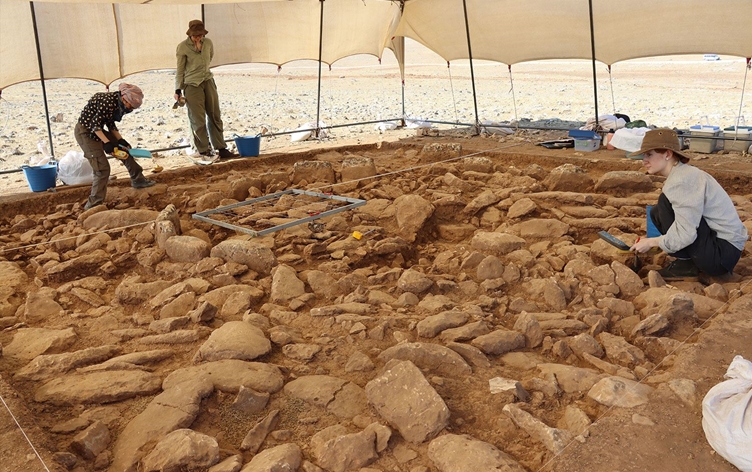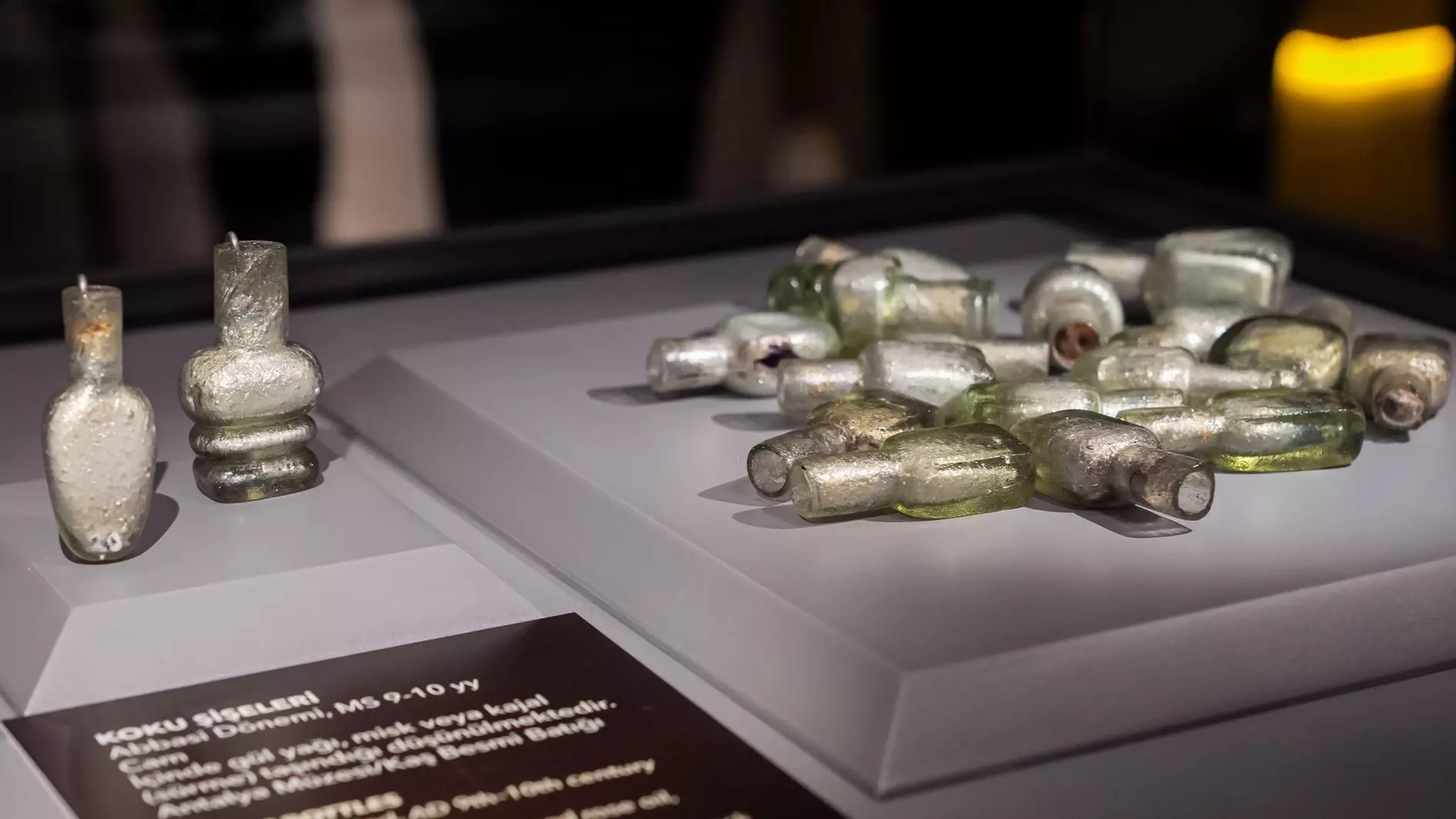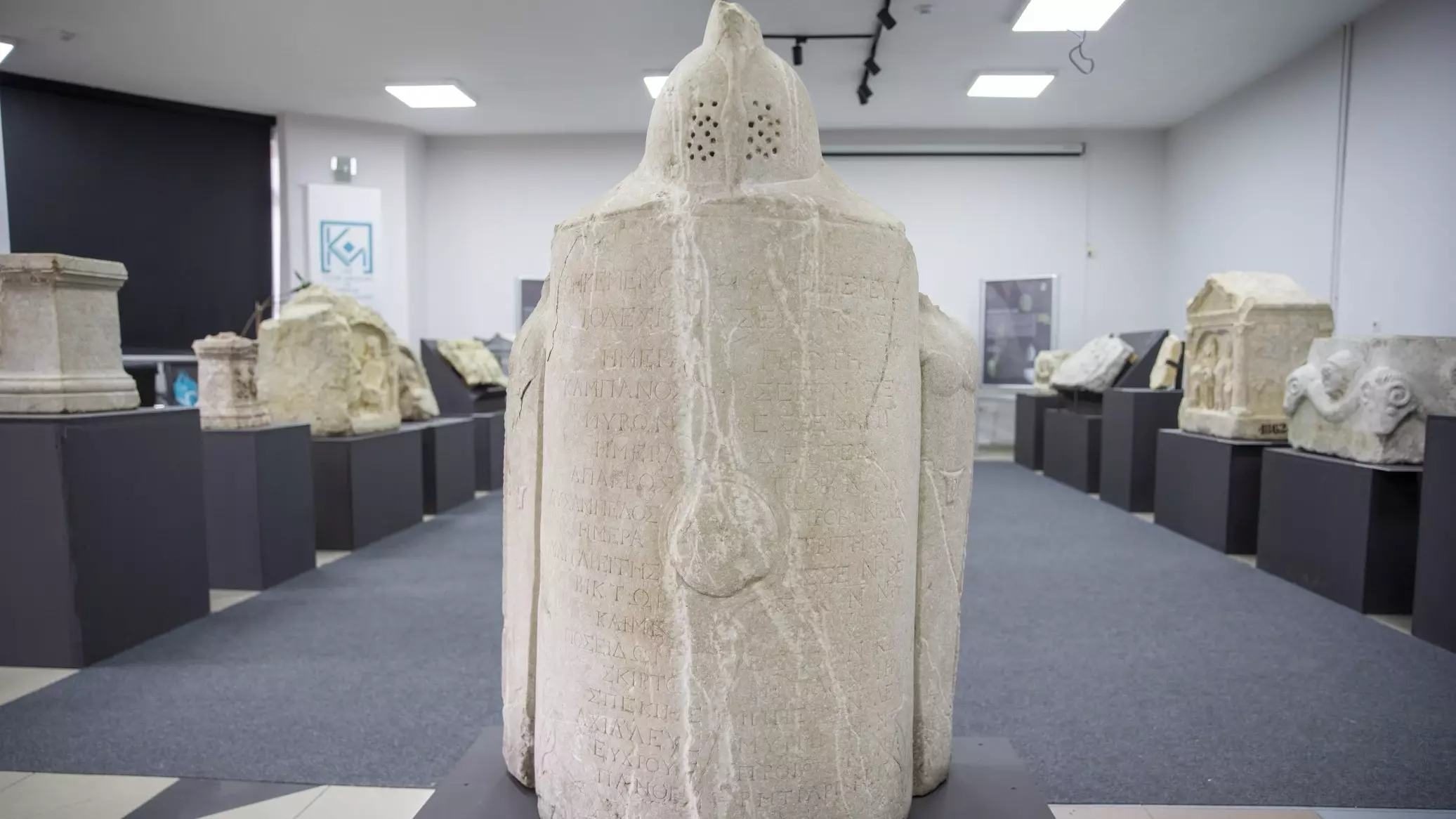As part of a project by the Culture and Tourism Ministry, excavations at Mendik Tepe, believed to be older than Göbeklitepe and Karahantepe, are bringing to light remains from the Neolithic era.
Located in Şanlıurfa province, Mendik Tepe was discovered by Çakmak Tepe excavation Director Fatma Şahin.
The excavations at the site, launched in 2024 under the leadership of Douglas Baird, a professor at the University of Liverpool’s Department of Archaeology, are underway in cooperation with the Şanlıurfa Archaeology Museum and with the support of the British Institute of Archaeology, as part of the Turkish Culture and Tourism Ministry’s “Taş Tepeler (Stone Hills) Project.”
Speaking to Anadolu, Baird said that structures of various sizes had been uncovered at the site and that they were working to understand their functions.
“Last year, we put some trenches in, one behind me, for example, and we started to discover buildings immediately. And we noticed these buildings were of different sizes. There were some quite small ones, about 3 meters [9.8 feet] in diameter, some slightly bigger ones, four or five, and then some much bigger ones,” he said.
“So, our plan for this year was to try and understand these different buildings and why they were of different sizes,” he added.
Baird pointed out that they believe Mendik Tepe dates back to the very beginning of the Neolithic era.
“Mendik Tepe seems to be at the very beginning of the Neolithic, when people are making the transition to sedentary life, and perhaps not long after the beginnings of plant cultivation. So, we’re interested in those even bigger questions of how and why people gave up mobile foraging and settled down and started to cultivate plants,” Baird said.
He said that Çakmak Tepe, also being excavated by Şahin, is probably from the same period, adding: “These two sites together seem earlier than at least most of what’s been excavated at Göbeklitepe and Karahantepe sites, so it’s earlier than those bigger sites.”
“We expect exciting discoveries. I think one of the interesting things we’re starting to see already is that this site isn’t exactly the same as the sort of things we get at Göbekli or Karahan,” he said.
“For example, here we see Göbekli and Karahan are famous for the pillars in the buildings with their carvings of animals and humans, namely, animals. Those pillars are T-shaped pillars.



